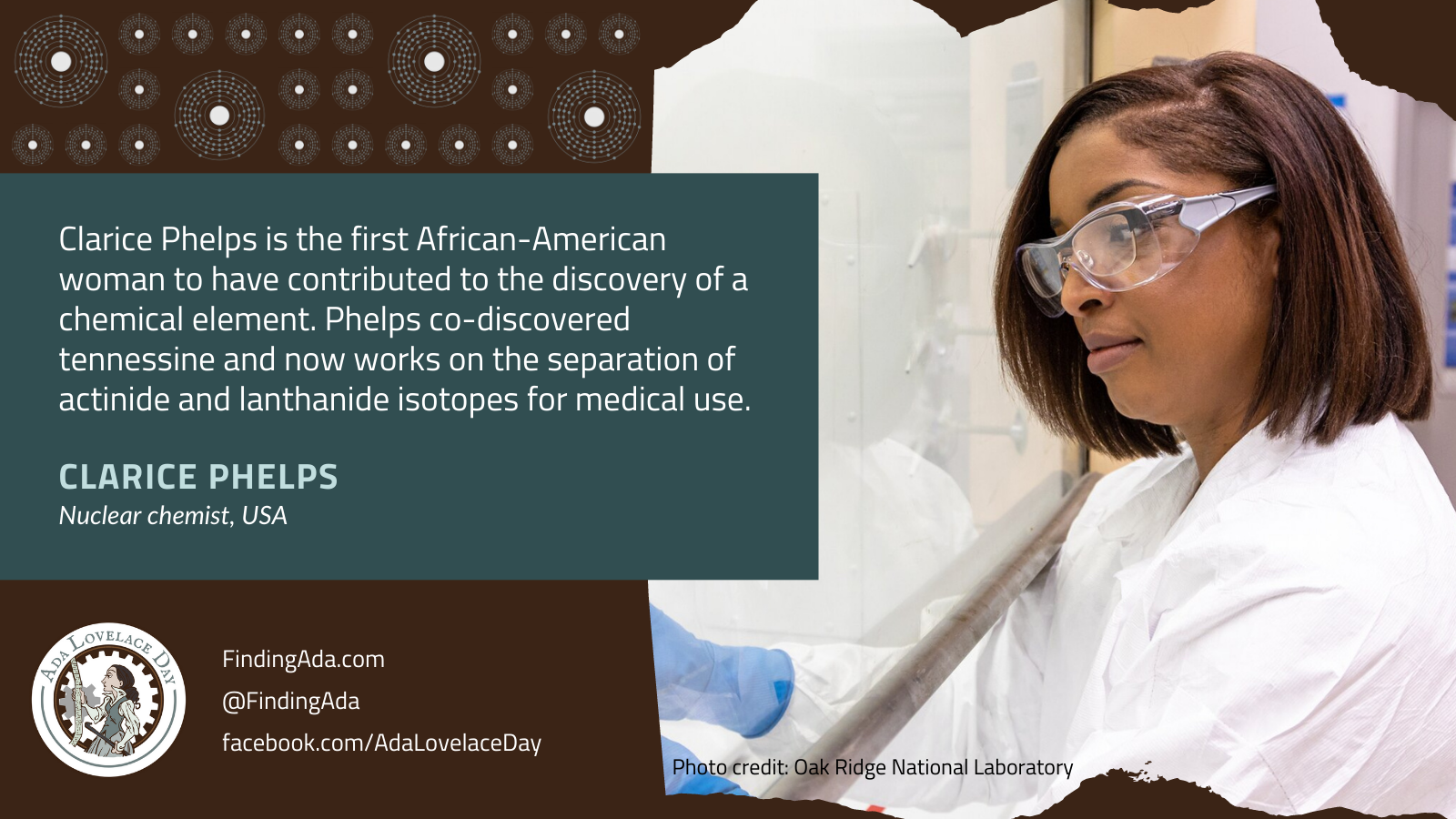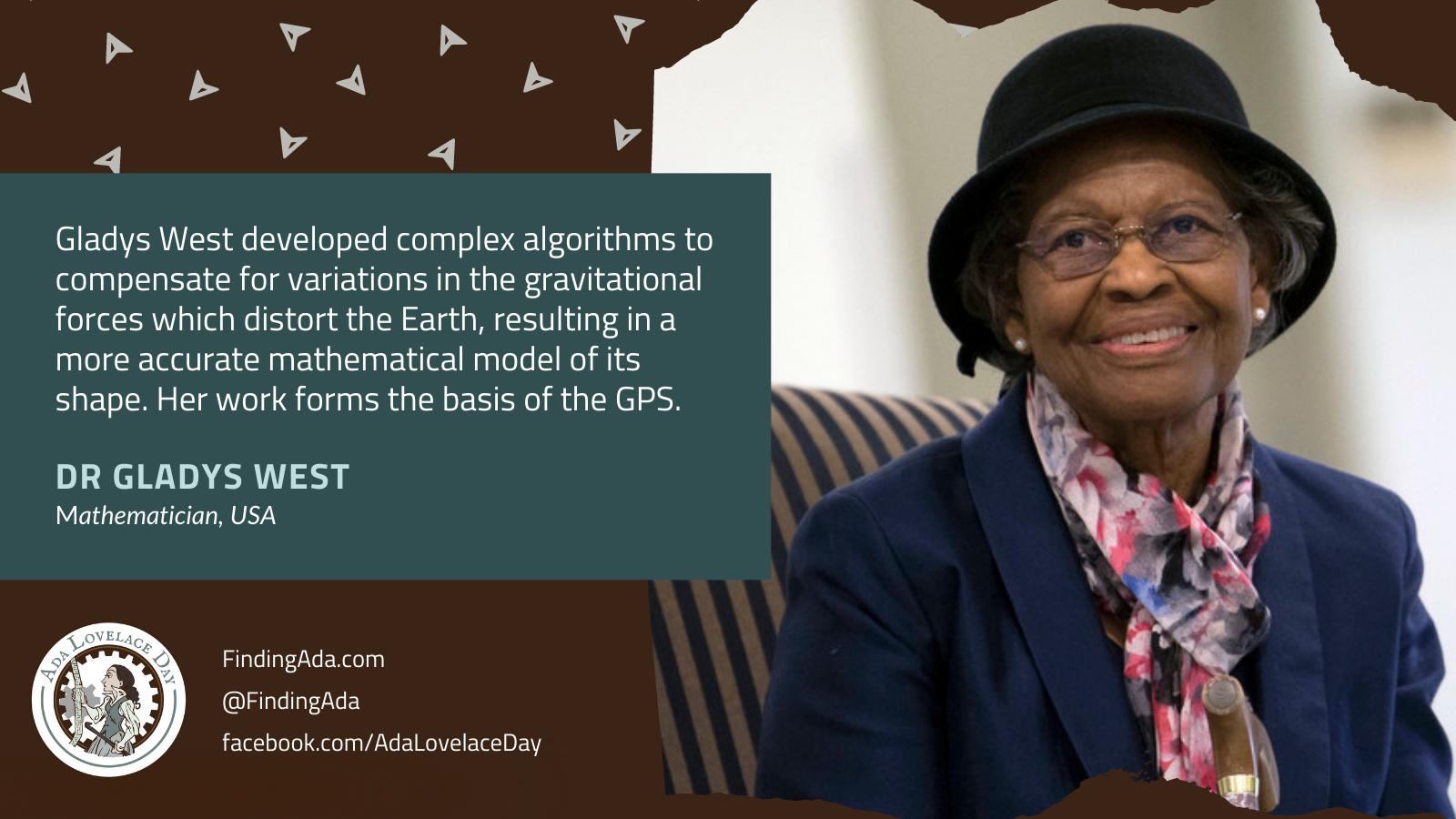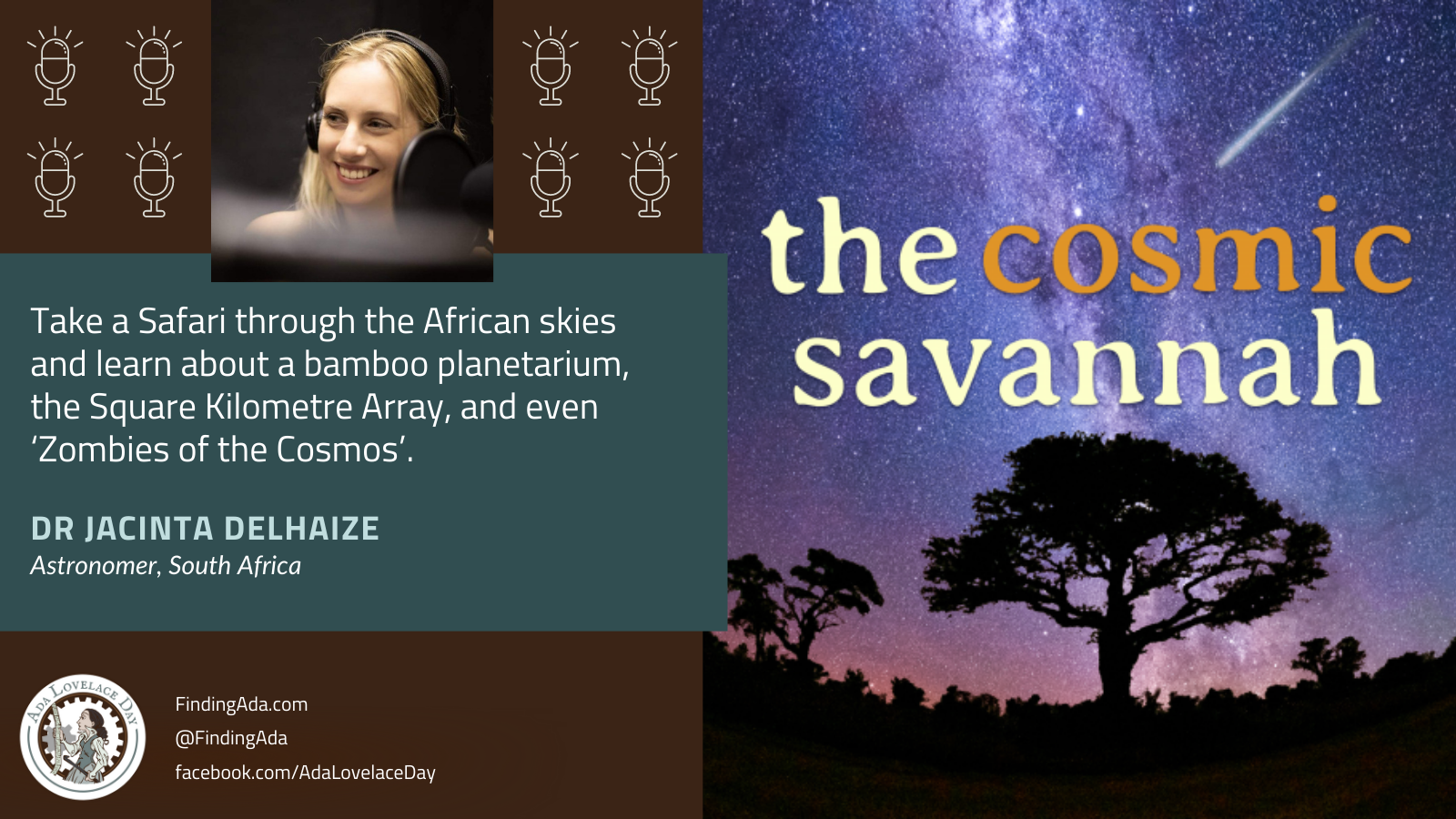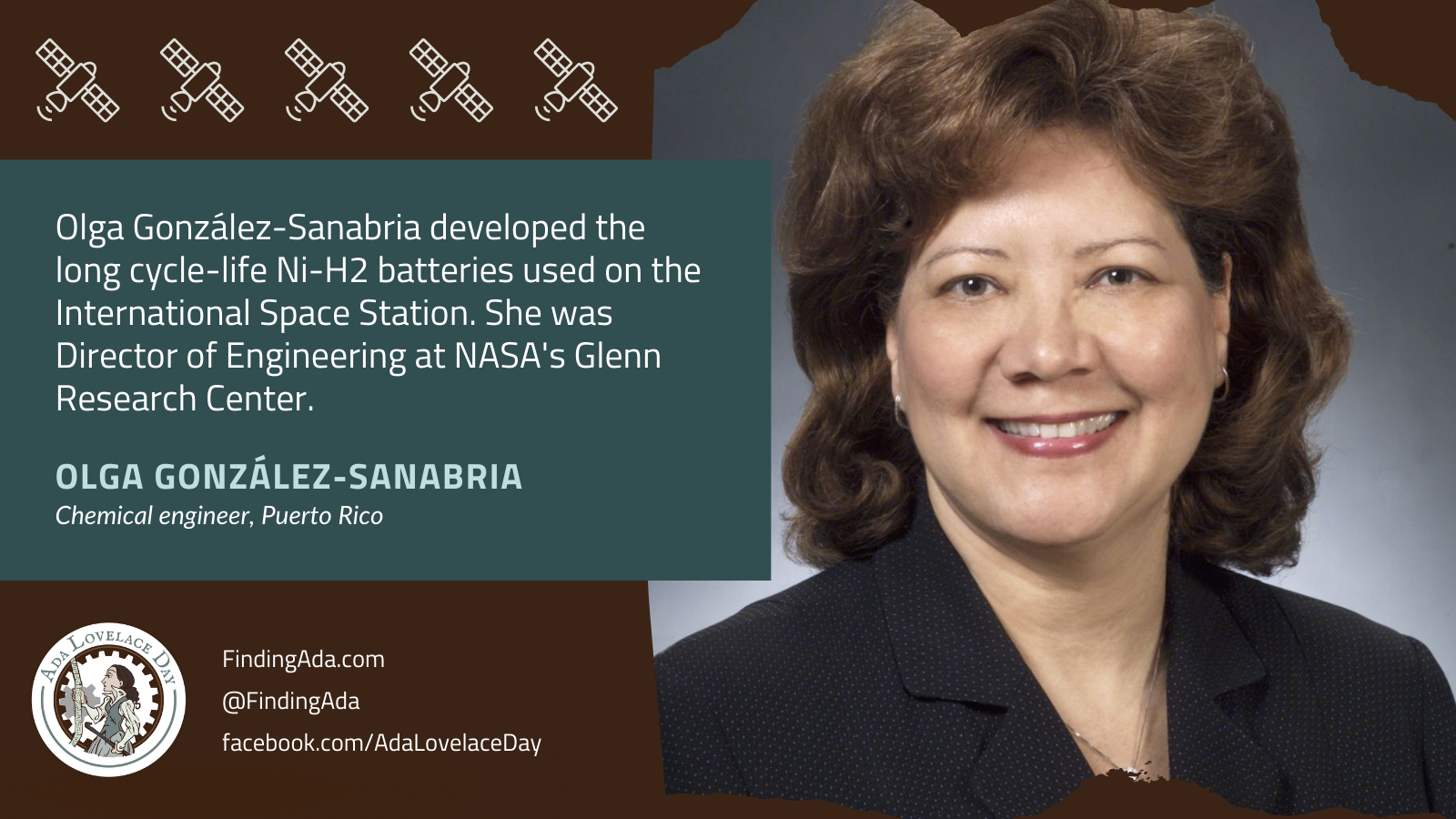
Clarice Phelps
Clarice Phelps is a nuclear chemist who was part of the Oak Ridge National Laboratory (ORNL) team that worked with the Joint Institute for Nuclear Research to discover tennessine (element 117). She is the first African-American woman to have contributed to the discovery of a chemical element.
Tennessine, a synthetic superheavy element, is the second heaviest element in the periodic table. Phelps was part of the ORNL team that purified the berkelium-249 which would be fused with calcium-48 in a high-energy particle accelerator in Russia to create tennessine.
“We spent months pouring over calculations, preparing reagents, putting items in the glove box, going over everything over and over and over again,” Phelps told The Brilliant.
Berkelium-249 has a half-life of 330 days, but the sample needed to be used within six months for the experiment to work. Despite Russian officials rejecting the package twice due to incomplete paperwork, the berkelium-249 eventually made it to Russia in June 2009. The discovery of tennessine was announced in April 2010 and officially recognised in 2015.
Phelps is now the program manager for the Ni-63 and Se-75 industrial use isotope programs at ORNL, and is working on methods for separating actinide and lanthanide isotopes for medical use.
You can follow her work here:
Twitter: @ClaricePhelps39.
LinkedIn: linkedin.com/in/claricephelps
Further reading
- Clarice Phelps, Wikipedia
- Clarice E Phelps, Oak Ridge National Laboratory
- The overlooked element makers, Claire Jarvis, Physics Today, 30 September 2019
- SC97: Clarice Phelps, Nuclear Researcher and STEM Advocate, Dr Q, STEMulating Conversations, 11 December 2019
- Claiming A Seat At The Periodic Table (video), Clarice Phelps, TedX Talks, 13 February 2020
- Season 2: Episode 3 – A Conversation: Clarice Phelps – A Black Woman In The History Books (podcast), The HR Twins, The Career Salon, 3 July 2020
- Clarice Phelps made history twice when she helped discover a new element, and was the first African-American woman to do so. She was then wiped off Wikipedia., Kylie Ahern, The Brilliant, 12 August 2020
- 40 Under 40: Clarice Phelps played key role in discovering a new element on periodic table, Vincent Gabrielle, Knox News, 18 January 2021
- 6 women who are changing chemistry as we know it, Frankie Macpherson, Science Focus, 11 February 2021



